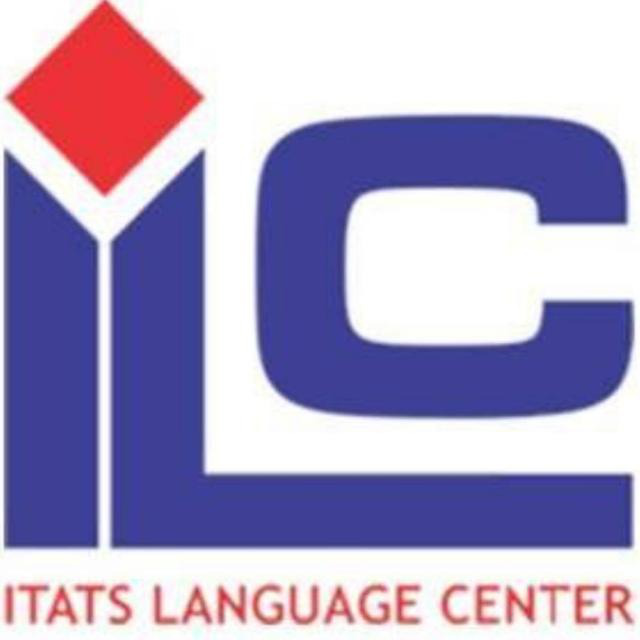Numerical study the effect of inlet and outlet ventilation configurations for passive cooling air conditioning system
Abstract
Full Text:
PDFReferences
D. Ürge-vorsatz, L. F. Cabeza, S. Serrano, and C. Barreneche, “Heating and cooling energy trends and drivers in buildings,” Renew. Sustain. Energy Rev., vol. 41, pp. 85–98, 2015.
I. Inayati, F. X. N. Soelami, and R. Triyogo, “Identification of existing office buildings potential to become green buildings in energy efficiency aspect,” Procedia Eng., vol. 170, pp. 320–324, 2017.
X. Lu, P. Xu, H. Wang, T. Yang, and J. Hou. (2016). Cooling potential and applications prospects of passive radiative cooling in buildings: The current state-of-the-art,” Renew. Sustain. Energy Rev., vol. 65, pp. 1079–1097.
A. M. Omer. (2008). Energy, environment and sustainable 5. Conclusions (a) (b) 16 ITB Solar Thermal Engineering Journal (2019) development,” vol. 12, pp. 2265–2300.
International Energy Agency, “Energy Efficiency: Cooling.” [Online]. Available: https://www.iea.org/topics/energyefficiency/buildings/co oling/. [Accessed: 08-Mar-2019].
Kiyan Vadoudi. “Development of Psychrometric diagram for the energy efficiency of Air Handling Units”. International Journal of Ventilation 3(5):491. 2018
Abedrabboh, O., Koç, M., & Biçer, Y. “Sustainable food development for societies in hot arid regions: Thermoeconomic assessment of passive-cooled soil-based and hydroponic greenhouses”. Journal of Cleaner Production, 412, 137250. https://doi.org/10.1016/j.jclepro.2023.137250 . 2023.
Nazari, M., Karami, M., & Ashouri, M., “Comparing the thermal performance of water, Ethylene Glycol, Alumina and CNT nanofluids in CPU cooling: Experimental study”. Experimental Thermal and Fluid Science, 57, 371-377. http://dx.doi.org/10.1016/j.expthermflusci.2014.06.003 . 2014.
Mutuku, W. N, “Ethylene glycol (EG)-based nanofluids as a coolant for automotive radiator. Asia Pacific Journal on Computational Engineering”, 3, 1-15. DOI 10.1186/s40540-016-0017-3. 2016.
Khatri, R., Singh, A. P., & Khare, V. R. “Identification of Ideal Air Temperature Distribution using different location for Air Conditioner in a room integrated with EATHE–A CFD based approach”. Energy Procedia, 109, 11-17. http://dx.doi.org/10.1016/j.desal.2017.10.025. 2017
Liu, B. “Research on Liquid Cooling Technology and its Application in Wireless Charging. In IOP Conference Series: Earth and Environmental Science (Vol. 571, No. 1, p. 012020). IOP Publishing. (2020, November). doi:10.1088/1755-1315/571/1/012020
B. Pirouz, S. A. Palermo, S. N. Naghib, D. Mazzeo, M. Turco, and P. Piro, “The role of hvac design and windows on the indoor airflow pattern and ach,” Sustainability (Switzerland), vol. 13, no. 14, Jul. 2021, doi: 10.3390/su13147931.
T. Lipinski, D. Ahmad, N. Serey, and H. Jouhara, “Review of ventilation strategies to reduce the risk of disease transmission in high occupancy buildings,” International Journal of Thermofluids, vol. 7–8, Nov. 2020, doi: 10.1016/j.ijft.2020.100045.
H. Chen, Z. Feng, and S. J. Cao, “Quantitative investigations on setting parameters of air conditioning (air-supply speed and temperature) in ventilated cooling rooms,” Indoor and Built Environment, vol. 30, no. 1, pp. 99–113, Jan. 2021, doi: 10.1177/1420326X19887776.
R. Z. Homod, A. Almusaed, A. Almssad, M. K. Jaafar, M. Goodarzi, and K. S. M. Sahari, “Effect of different building envelope materials on thermal comfort and air-conditioning energy savings: A case study in Basra city, Iraq,” J Energy Storage, vol. 34, Feb. 2021, doi: 10.1016/j.est.2020.101975.
N. R. M. Sakiyama, J. Frick, T. Bejat, and H. Garrecht, “Using cfd to evaluate natural ventilation through a 3d parametric modeling approach,” Energies (Basel), vol. 14, no. 8, Apr. 2021, doi: 10.3390/en14082197.
S. Golder, R. Narayanan, M. R. Hossain, and M. R. Islam, “Experimental and cfd investigation on the application for aerogel insulation in buildings,” Energies (Basel), vol. 14, no. 11, Jun. 2021, doi: 10.3390/en14113310.
C. Harsito and A. N. S. Permata, “Investigation of air distribution in mosque rooms with different angles of supply and inlet velocity,” International Journal of Heat and Technology, vol. 39, no. 4, pp. 1383–1388, Aug. 2021, doi: 10.18280/ijht.390439.
M. Alkhalaf, A. Ilinca, M. Y. Hayyani, and F. Martini, “Impact of Diffuser Location on Thermal Comfort Inside a Hospital Isolation Room,” Designs (Basel), vol. 8, no. 2, p. 19, Feb. 2024, doi: 10.3390/designs8020019.
Jo, S., Kim, G., & Sung, M., . “A study on contaminant leakage from Airborne Infection Isolation room during medical staff entry; Implementation of walking motion on hypothetical human model in CFD simulation”. Journal of Building Engineering, 108812. 2024. doi.org/10.1016/j.jobe.2024.108812
N. A. M. Zainuddin, F. Jerai, A. A. Razak, and M. F. Mohamad, “Accuracy of CFD Simulations on Indoor Air Ventilation: Application of Grid Convergence Index on Underfloor Air Distribution (UFAD) System Design,” Journal of Mechanical Engineering, vol. 20, no. 3, pp. 199–222, 2023, doi: 10.24191/jmeche.v20i3.23908.
A. Raczkowski, Z. Suchorab, and P. Brzyski, “Computational fluid dynamics simulation of thermal comfort in naturally ventilated room,” MATEC Web of Conferences, vol. 252, p. 04007, 2019, doi: 10.1051/matecconf/201925204007.
G. Pichurov, P. Stankov, and D. Markov, “HVAC control based on CFD analysis of room airflow,” in IFAC Proceedings Volumes (IFAC-PapersOnline), IFAC Secretariat, 2006, pp. 213–218. doi: 10.3182/20061002-4-bg-4905.00036.
R. Widiastuti, M. I. Hasan, C. N. Bramiana, and P. U. Pramesti, “CFD Simulation on the Natural Ventilation and Building Thermal Performance,” in IOP Conference Series: Earth and Environmental Science, Institute of Physics Publishing, Apr. 2020. doi: 10.1088/1755-1315/448/1/012004.
DOI: https://doi.org/10.31284/j.jmesi.2024.v4i2.6659
Refbacks
- There are currently no refbacks.

This work is licensed under a Creative Commons Attribution-NonCommercial 4.0 International License.
Published by:
Mechanical Engineering Department - Institut Teknologi Adhi Tama Surabaya
Editorial Address
Journal of Mechanical Engineering, Science, and Innovation is licensed under CC BY-NC 4.0








